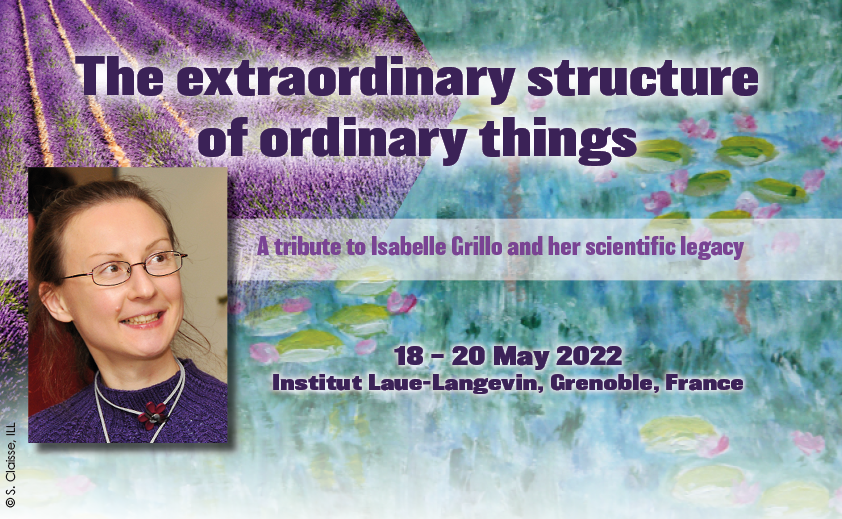Speaker
Description
Hydrogels are at the forefront of scientific attention especially in the biological and biomedical fields where they provide the basis for stimuli-responsive artificial tissues, vehicles for drug delivery or biosensors. We study physically crosslinked hydrogels based on ionenes, positively charged polyelectrolytes, for which strong counterion-specific effects have been observed previously [1]. The nature of the ionene counterion modifies the rheological properties of the hydrogels, including significant shifts in the critical gelation concentration (cgc). Small angle scattering data (SAXS, SANS) reveal different mesh sizes for the cross-linking polymer networks and help to rationalized the observed elastic moduli and their concentration dependence [2]. Further, we were able to introduce anisotropic (platelike) clay nanoparticles into the ionene-based hydrogels [3]. Clay nanoplatelets organise in a regular face-to-face stacking manner, with a large repeat distance, following rather closely the hydrogel mesh-size (20-30nm). The presence of the nanoplatelets does not modify the hydrogel mesh size. The degree of nanoplatelet ordering in the hydrogel is very sensitive to the negative charge location on the clay platelet (different for each clay type). Increased nanoplatelet ordering leads to an improvement of the elastic properties of the hydrogel, especially for concentrations close to the cgc. On the contrary, the presence of dense clay aggregates (tactoids), induced by multi-valent clay counterions, destroys the hydrogel network as seen by the reduction of the elastic modulus of the hydrogel.
We are currently exploring the possibility of nanoplatelet orientation inside the hydrogel, in order to yield a versatile system with potentially anisotropic permeability properties.
- N. Malikova, A.-L. Rollet, et al, PCCP 17, 5650-5658 (2015).
- C. Hotton, PhD thesis, Sorbonne University, Paris, France, 2022.
- C. Hotton, N. Malikova et al, JICS 604, 358-367 (2021).

